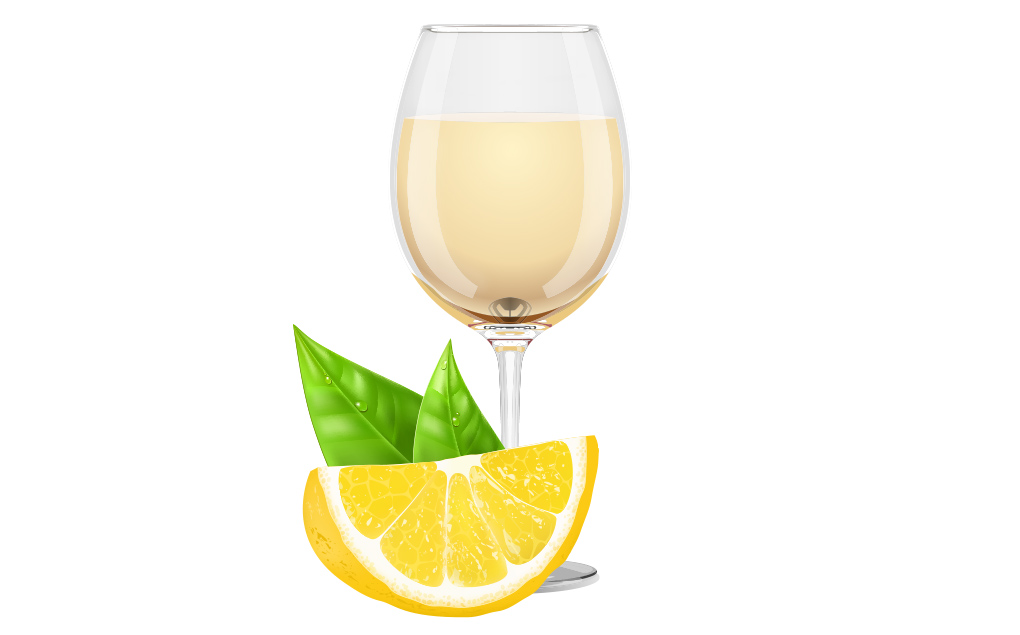Taste is a matter of opinion, but also a matter of science. When customers are looking for a wine that’s crisp, tart and refreshing, they’re really looking for a wine with high acid content. Understanding what they’re looking for, and how to make it sound more appealing than the images conjured up by the term “acid,” will help you make the sale.
Let’s start with the basics. What is acidity?
Acid creates the sour taste that makes you pucker your lips when you lick a lemon. In wine, higher acidity makes you salivate and crave another sip. It’s the characteristic that makes a wine refreshing and vibrant, and is usually strongest in white wines such as Sauvignon Blanc, Chablis and Riesling.
How to detect acidity
Acidity is quite easy to distinguish on the palate, but it’s possible to spot an acidic wine even before tasting it. Key information from the label, as well as the way the wine moves in the glass, can help you determine a wine’s level of acidity.
As a rule of thumb, the cooler the climate for grapes, the higher the acidity. This is because grapes take longer to ripen in cooler weather, allowing the production of more acid. Another factor to note, is the elevation. Similarly, the higher the elevation, the cooler the climate, thus yielding higher acid wines.
Alcohol content can also be an indicator. Generally, the higher the alcohol content, the lower the acidity. Usually, higher alcohol content wines have stronger “legs,” or viscosity, and are more likely to stick to the sides of a glass when swirled around. Normally, that indicates a wine with a low acidity. Once it’s in the glass, give it a taste.
Acidity is pretty easy to detect on the palate. When your mouth waters, there’s most likely a high presence of acidity. While white wines tend to be more acidic, all wines possess acidity.
Making the sale
Now that you understand acidity and can detect it, what’s the next step? How can you share this knowledge with your customers?
Choosing a wine
Whether your customers are perusing aisles or are browsing a wine list, being able to distinguish high acid wines will come in handy. Ask your customers about their wine preferences. If they’re looking for something refreshing and zesty, steer them in the direction of higher acid wines and share these insights with them. You can also turn this knowledge into helpful shelf talkers or blurbs on your menu.
Pairing a wine
Pairing a wine with food is of course highly dependent on personal tastes; however, there is a science behind wine pairing. It’s not a coincidence that high-acid white wines are most commonly paired with seafood dishes. Fish is high in oil, and the acid from white wine helps cut through the oil. There’s a similar phenomenon with fatty foods, where acidic wines offer the palate a respite from the richness of a meal.
Enjoying a wine
Again, wine is subjective. But there are certain situations or factors that make certain varietals more enjoyable. Wines high in acid are best enjoyed on hot days, when a sip of a crisp Sauvignon Blanc is exactly what consumers need to cool off.
Whether helping customers choose a glass of wine for dinner, or a bottle for a picnic in the park – it’s beneficial to know how to detect acidity and how to employ that knowledge. Talk to your Breakthru Sales Consultant today about our white wine portfolio.
